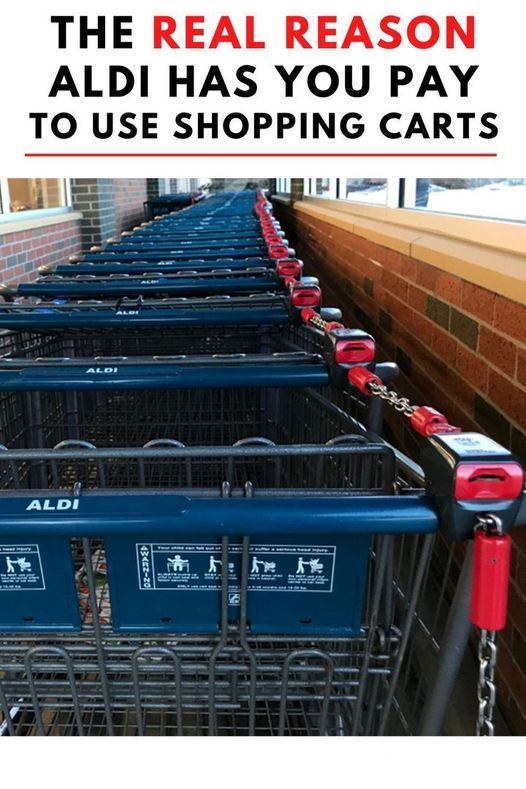Aldi, the popular German grocery chain, made its debut in the U.S. in 2017, bringing with it a unique approach to shopping cart usage that might surprise first-time customers: a quarter is required to use a shopping cart. Here’s why Aldi implements this practice and how it benefits both the store and its customers.
Reasons for the Cart Fee
- Cost Efficiency: Aldi is known for offering high-quality products at low prices. To maintain these low prices, the company focuses on reducing operational costs. By requiring customers to return their own carts, Aldi saves money on labor costs, as they don’t need to employ additional staff to collect and manage carts. This cost-saving measure helps keep their prices competitive.
- European Practice: Aldi is a European chain, and the practice of using coin-operated shopping carts is common in many European countries. This approach reflects cultural differences in shopping habits. In Europe, many people don’t rely heavily on shopping carts due to smaller living spaces and more frequent, smaller shopping trips. In contrast, Americans often use carts more regularly due to larger homes and bulk-buying habits.
- Theft Prevention: Shopping cart theft is a significant issue for retailers, especially in areas with rising economic hardship. Carts can be expensive to replace, often costing between $75 and $250 each. By requiring a deposit, Aldi deters theft and reduces the financial burden of replacing stolen carts.
- Cart Management: Requiring a quarter to use a cart encourages customers to return carts to designated areas. This practice helps keep parking lots and store entrances clear of abandoned carts, which can block parking spots or cause damage to vehicles. When customers return carts, it improves overall store organization and cleanliness.
How the Cart System Works
see continuation on next page
ADVERTISEMENT
